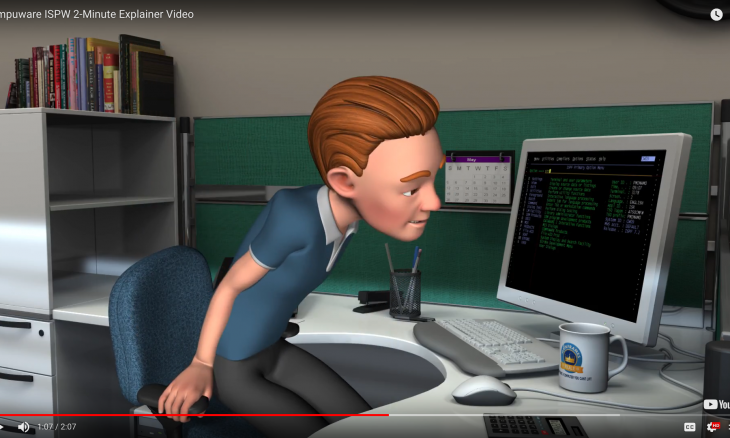Animation and technology explainers
The extensive use of animation in “explainer” videos can be explained by the fact that 2-Minute Explainers originated in 2004 as computer files authored in Flash, a vector-based program widely used for web animation and games. Not “real” video—small file size was important. Real video—15-30 massive bitmaps per second—was impractical online.
For technology businesses, this was not a problem. Animation is well-suited to making things that are hard to explain easy to understand. That is what is needed for technical/conceptual topics like process automation or API management.
In the early days, animated explainers were a welcome alternative to text. Customers and prospects who just wanted to get a quick overview of a technology product or service appreciated a concise elevator pitch that helped them quickly figure out whether or not a solution might be right for them.
Explainer videos today
Today, hundreds of online companies offer the make short animated explainer videos. Prices ranging from a few hundred dollars to $20,000. For animated/motion-graphics videos, these prices indicate how much labor goes into the production—material costs are low.
The best explainer videos are the result of a lot of thought, planning, and rewrites in the scripting phase. They use animation to walk the viewer through a process or tell a story. They may use animated characters (as in the video depicted above), though enterprise technology companies tend to be cautious about linking their brands with “cartoony” graphics.
Motion graphics or animation?
Motion graphics is a nebulous term for visual effects that put words or objects in motion in order to draw attention. They don’t often depict actions taking place in space or time as animation does, though they can reinforce concepts, as in this remarkably clear explanation of gravitational waves from TEDEd, where it’s hard to differentiate motion graphics from animation.
Viewers tire quickly of motion graphics that are merely decorative. At the very least, motion graphics in an informational video should guide the viewer’s eye to something worth knowing.
Animation combined with “real” video
On its own, animation isn’t well-suited to documentary-style videos: testimonials, use cases, product demos, and the like. Live-action video feels objective and credible.
Longer-form documentary-style videos are essential to a robust video strategy that engages buyers throughout the buyer’s journey. You need videos to demonstrate the expertise of your people, to elaborate on use cases, to tell more expansive stories.
Most of your spokespeople aren’t polished performers on-camera; animation and motion graphics can make editing easier. It can add meaning and zest to video footage and give talking heads visuals to talk about, or create callouts that point to salient features of your products.
Don’t limit animation to explainer videos. It can help you explain almost anything better.









